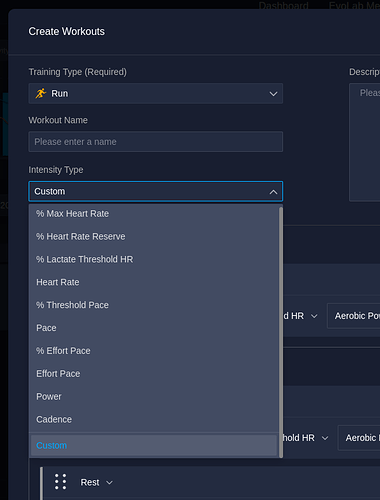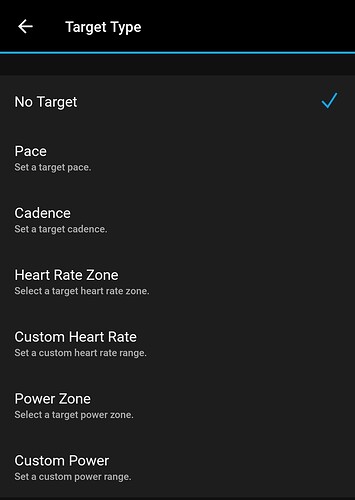Hello.Does anyone here run and train with the GAP model? I do ultras and I’m trying to find an alternative to running power, because the numbers are everywhere and it seems difficult to run for power. Any opinions or suggestions about the topic?
I wish I could use GAP in my programmed workouts, but Garmin does not support it, I have to use power as an approximation (but Garmin power model is very low downhill and high uphill).
Sometimes I just use pace but I only focus on the GAP field of my watch, albeit I am hearing the wrong pace warnings all the time…
It’s the same setup I use, Gap in garmin, I’m just sorry there isn’t a data field for Lap Gap, or everage gap, or training by gap. I consistently have smoother numbers in the gap than running for power, I can adjust the effort without big ups and downs. And above all I can find an equivalent perception of effort with running on a flat surface in the various speed zones. I don’t find many references on the subject, if you have any reading sources? 
Coros has ‘Effort Pace’ which as far as I understand is a variation on running power…
Just to make things even more confusing??? Don’t know exactly what the difference is with running power but it is available as a workout target.
Here’s a link that may get you some idea:
And here’s what DCRainmaker thinks about it:
But I think you cannot plan a workout based on Effort Pace on Coros, the same you cannot do it based on GAP on Garmin.
Yesterday I was doing some trails and I tested the Gap model from Garmin, I also put a data field underneath with the inclination.
I’ve come to 3 conclusions for now.
#1 The GAP depends on the gradient and the Garmin gradient (fenix 7 shapire baro) takes ± 10 sec to stabilize, but the GAP takes 5 seconds :O(how is that possible, i just stop and count de second tho reach 0) It means that when you approach a climb or a descent, forget the first 10 seconds, the numbers will lie.
#2 Strava’s algorithm is 5-10 seconds faster, but that’s because strava smooths out the terrain.
#3 You can use it on trail, but you have to know how to look at the watch, because you will always be seeing the pace of ± 10s ago, in my opinion it is a good tool for constant long climbs, long straights with few fluctuations.
But that’s it for my contribution of 2 cents, I’ve been looking for documentation on the Garmin Algotrim, but honestly I can’t find anything.

